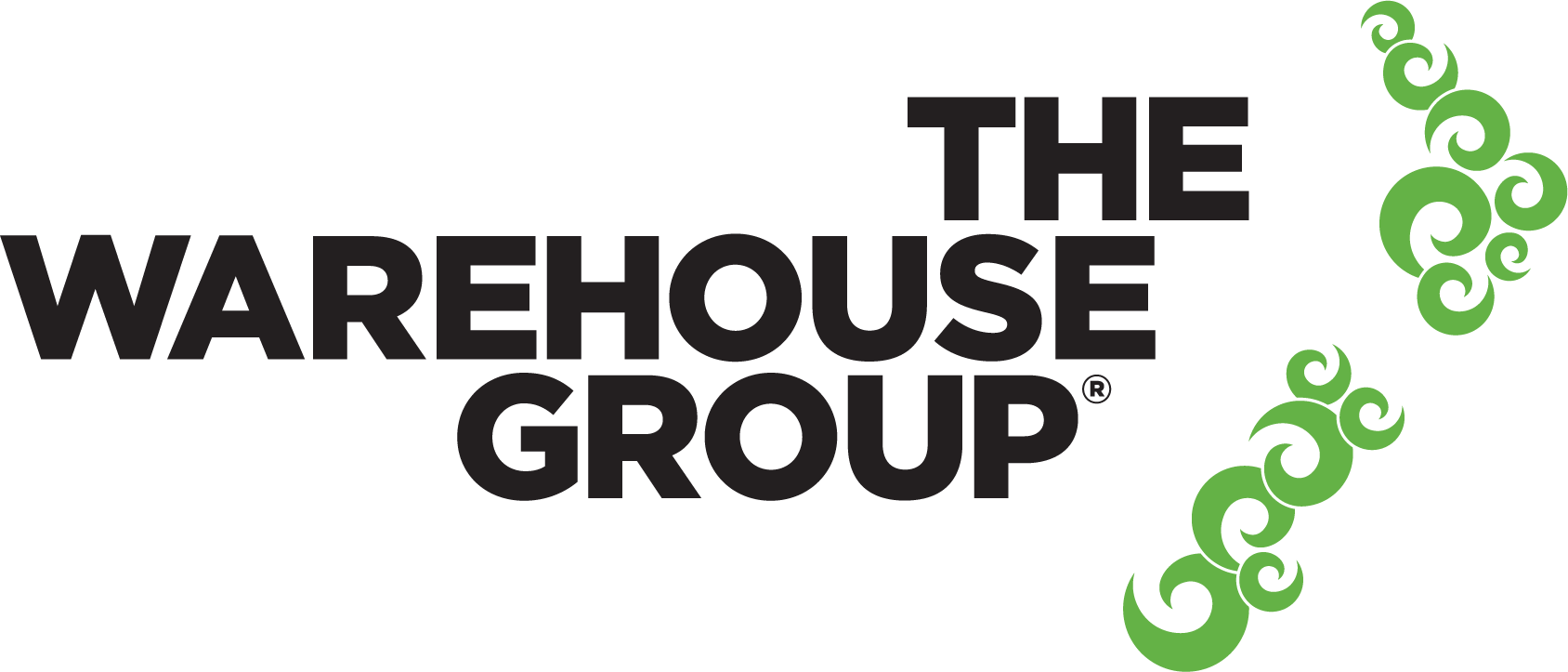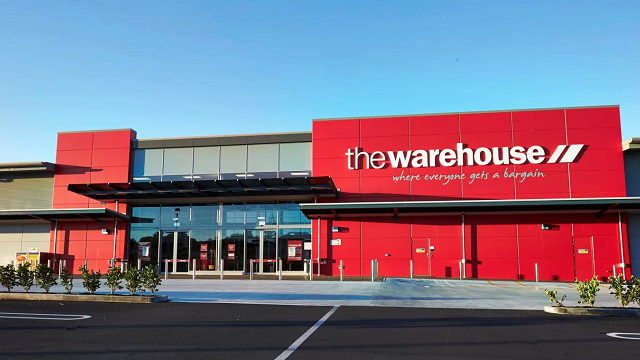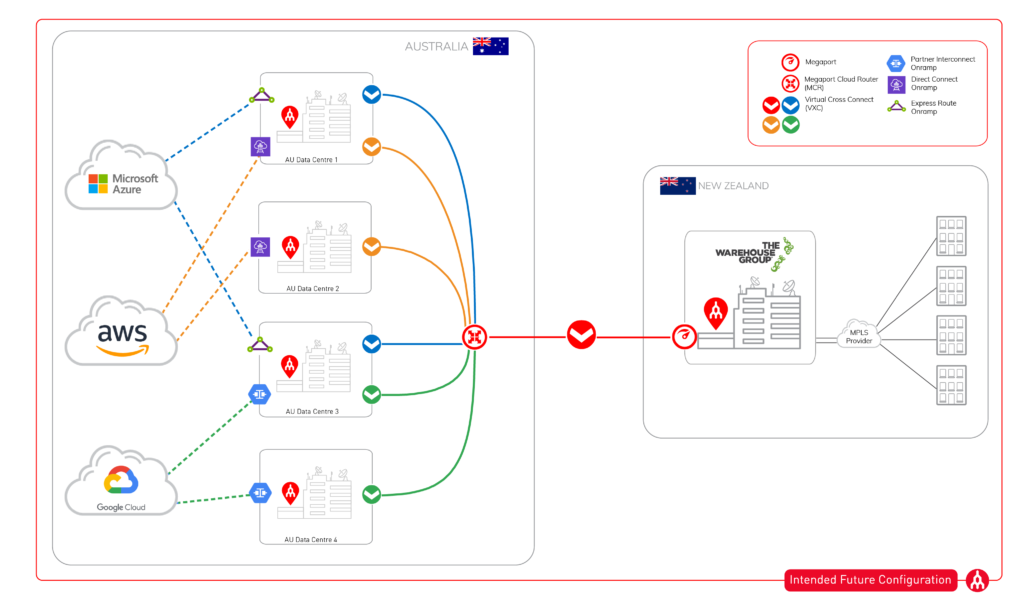
Turning a rapid, complex cloud adoption into a streamlined multicloud environment.

About
The Warehouse Group is one of New Zealand's largest retailing groups in with $3 billion in sales
Headquarters
Auckland, New ZealandIndustry
RetailAbout The Warehouse Group
With six trading brands, 270+ stores, a successful e-commerce presence, and more than 12,000 employees spread across its network, The Warehouse Group (TWG) is one of the largest retail groups in New Zealand.
Snapshot
- Reduced connection provisioning times from up to ten weeks to just minutes.
- As-a-service pricing allows flexible bandwidth scaling to meet shifting demand.
- Low-latency between cloud providers across multiple geographic locations.
Challenges
Rapid cloud adoption introduces complexity
As recently as 2017, all of TWG’s infrastructure was hosted on premises, with around 500 virtual machines installed at its centralised location, and another 500 distributed throughout its store network.
Following a company-wide initiative aimed at exploring options for cloud services, TWG made its first pilot migrations off-premises. This small cloud experiment quickly exploded into widespread adoption – but this rapid journey introduced its own challenges.
For example, using cloud APIs to manage the front-end for a number of its on-premises services meant introducing a VPN. And when TWG introduced another cloud provider into the stack to take advantage of its advanced analytics capabilities, even more VPNs were needed to connect from Auckland to the Sydney-based region.
With automated VPN services outside its budget, the TWG team decided to continue managing each individually, with manual configuration – a major investment of time and resources. As the traffic was travelling between TWG’s hub in New Zealand to the cloud provider in Australia, the development teams started experiencing high latency and bandwidth limitations.
The team found itself maintaining multiple IPsec tunnels over public internet – which required extra hardware – and manually creating a new VPN for every connection. This led to parts of the organisation waiting for up to 10 weeks for new services to be provisioned, which was affecting the IT department’s strategic role in the business.
Solution
Adopting a strategic approach with Megaport
To overcome these challenges, TWG took the opportunity to formalise its cloud adoption strategy. This led to the retail group selecting another cloud provider as its preferred platform, retaining instances of its initial platforms for now-established functions and workloads.
Now, with such a diverse multicloud environment, plus complex connectivity requirements between countries, TWG had specific requirements that its network monitoring and management solution needed to match.
After discussing the organisation’s needs with a solution architect, it quickly became clear that a service that provided easy circuit provisioning, dynamic bandwidth control, and diverse cloud connectivity would be critical in helping TWG simplify its network management. As a leader in the market with a strong reputation, Megaport was the ideal choice.
Without Megaport, we were constrained to dedicated WAN connections from our existing service providers on fixed-term contracts. Compared with traditional service providers, Megaport offers us much better flexibility, which not only fits our business model but also allows us to rapidly deliver services to better serve our business units, and ultimately helping Kiwis live better every day.
– The Warehouse Group
Benefits
Streamlining a multicloud environment with Megaport
- Automated provisioning: Previously, TWG had to configure a new VPN manually for every new connection provisioned, as well as update network documentation and diagrams every time a circuit went live. That could take up to 10 weeks, but through the Megaport portal the team can complete the process in just a few minutes.
- Scalable network capacity: Using network monitoring tools, TWG has identified a consistent traffic pattern. Its network is busiest during business hours, with up to an 80% drop outside those hours, and seasonal peaks as shoppers use its services more heavily. With flexible bandwidth scaling, the team can increase capacity during these peaks to prevent the network getting saturated – without over-provisioning during quiet periods.
- Reduced latency: The Warehouse Group now has a complex multicloud environment, with different workloads and functions working in the cloud service that’s best-suited to their requirements. There’s only one provider with a local PoP in New Zealand, which means much of the traffic needs to move between Auckland and Sydney. The Megaport Cloud Router allows peering between these clouds, reducing latency and improving service for internal users and end customers.
Future Plans
The Warehouse Group is focusing on all available avenues for simplifying its network architecture.
Next, it plans to integrate its new multicloud environment with its international suppliers, including its CRM and global sourcing software. The retailer is also looking into API development, both to connect with the marketplace and automate its bandwidth provisioning processes.
